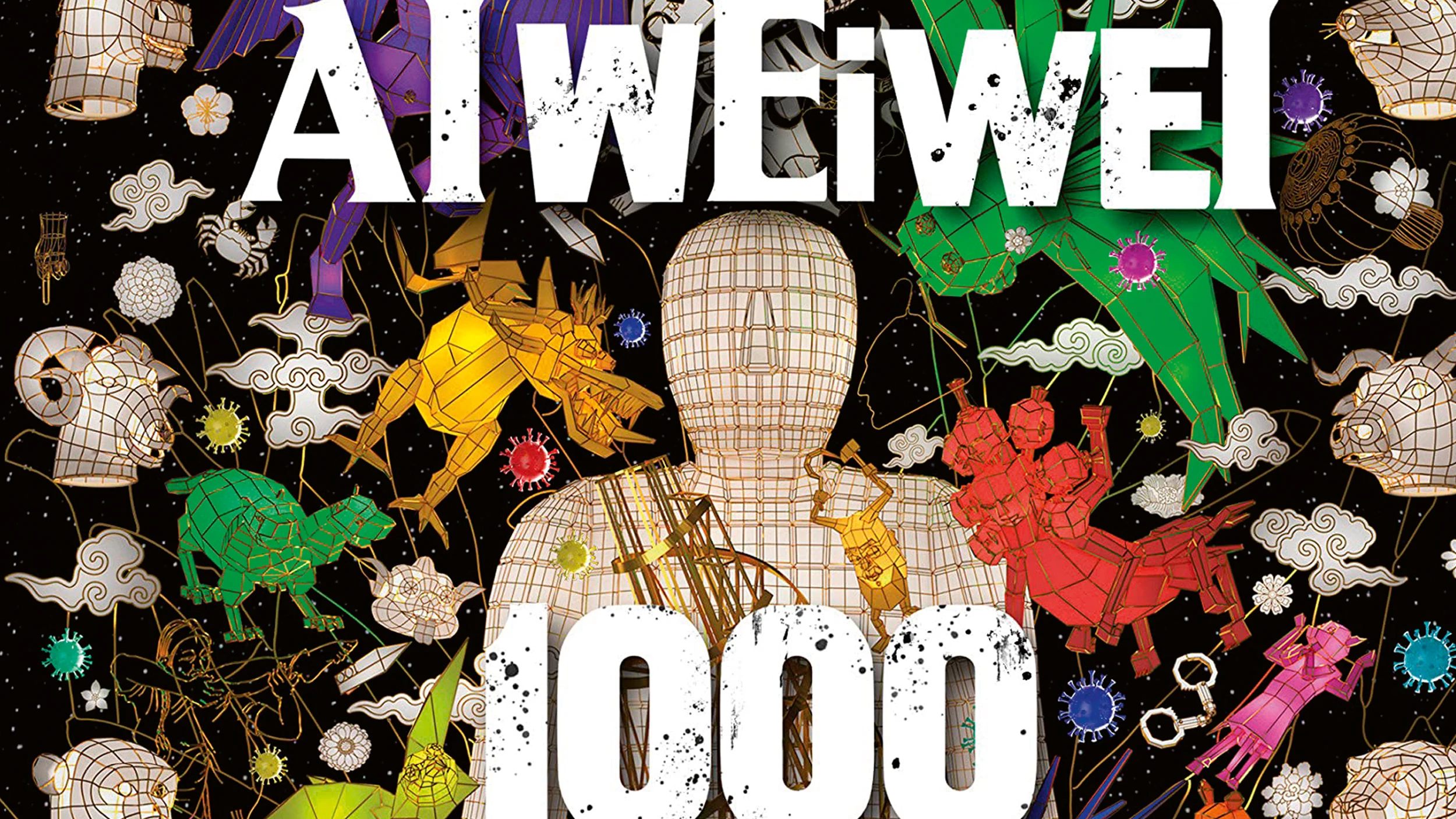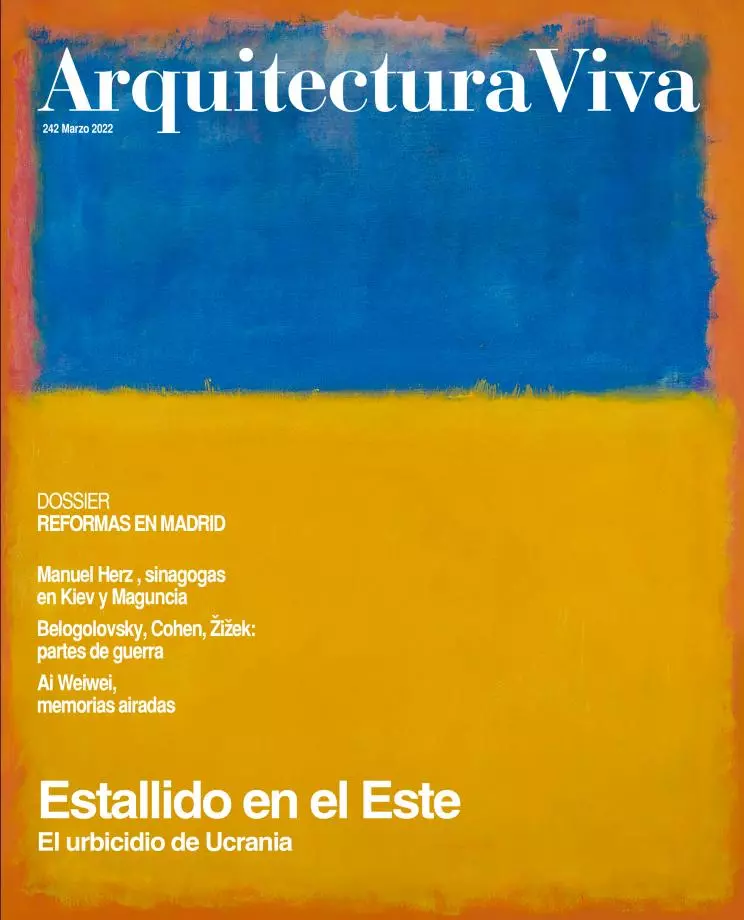
The memoirs of Ai Weiwei are an extraordinary political and artistic document. His 1000 Years of Joys and Sorrows incorporate the biographical journey of his father, the great poet Ai Qing (1910-1995), into his own; and throw light on the creative process and the way in which freedom and power are enmeshed in the convulsions of a century marked by revolutions and totalitarianism. After studying in Paris, Ai Qing returned to China in 1932, and his intellec-tual independence led him first to prisons of Chiang Kai-shek, and later to various deporta-tions in the China of Mao Zedong, whose rebel redoubt in Yunnan he had joined a decade before the latter came to power in 1949. Ai Weiwei was born in Beijing in 1957, and just two years later he was sent with his father to a re-education-through-labor camp on the Russian border, and afterwards into exile in the even more remote ‘little Siberia’ of Xinjiang. Rehabili-tated in 1961, he was re-banished to the edge of the desert, prohibited from returning to Beijing until 1975, where he was rehabilitated for the second time – in this case under the reformist regime of Deng Xiaoping – in 1978.
Disgruntled that “under a totalitarian system cruelty and absurdity go hand in hand,” Ai Weiwei moved to New York in 1981, not to return to China until 1993, after living a bohemian life in the circles of Ginsberg and Warhol. Following his father’s death two years later, his artistic career took flight and even represented China in the Venice Biennale of 1999. It was at this point that he built his studio in Caochangdi, near Beijing, and this first architectural experience – with a bareness inspired by the Vienna house that Wittgenstein built for his sister – encouraged him to set up a professional practice, registered under the name FAKE, from which he would in the next years carry out close to 60 projects, public and private, always with a minimalist language that made site visits unnecessary because they “could be neither botched nor improved in the building process.”
To his collaboration with Jacques Herzog and Pierre de Meuron – at the behest of the Swiss diplomat and collector Uli Sigg – in the competition for the Olympic Stadium in Beijing he de-votes half a dozen pages, chronicling the process of coming up with the famous ‘Bird’s Nest,’ the design which after materializing as the main venue of the 2004 Games would become a symbol of the city and even the country, ending up on Chinese bills. But its development was extraordinarily difficult in the face of opposition from the city’s conservative sectors and se-veral academic architects, who in a letter to the government denounced the work as archi-tectural colonialism and a security risk, managing to paralyze the project for a time as well as eliminate the retractable roof to lower costs. “My practice of architecture,” writes Ai Weiwei, “deepened my understanding of how cities work, but it also sharpened my awareness of what an untrustworthy and aesthetically inept government we had… in the wake of the Bird’s Nest project, I did not want to waste any more time on architecture.”
In the following years Ai Weiwei pursued an artistic career closely tied to his political activism in social networks, for which he suffered numerous coercive actions and a harassment that culminated in house arrest in 2010, detention for 81 days in 2011, and the subsequent confis-cation of his passport. Getting it back in 2015, the by then very famous artist decided to live in exile, joining his family in Berlin, where he had already set up a studio, and from outside Chi-na continuing his relentless denunciation of the totalitarian regime his father had suffered before him, which earned for himself the censure of “intolerable insolence,” the same spirit that imbues every page of this memorable memoir.







